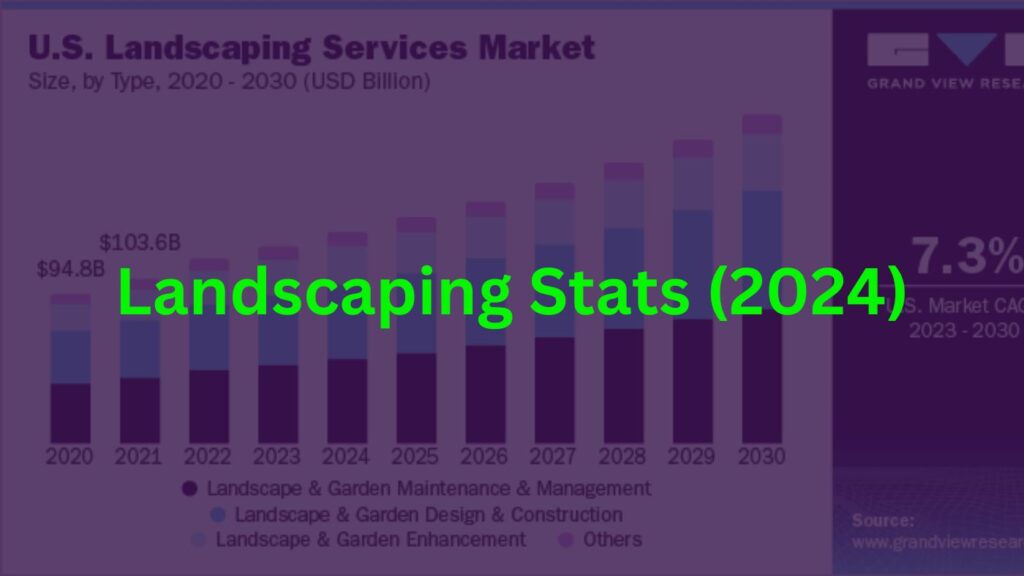A Guide from Hardscape Marketing Crew
Did you know that 97% of consumers read online reviews before making a purchasing decision? In today’s digital age, managing your brand’s reputation is essential. A well-executed reputation management strategy can help maintain a positive image, build trust, and influence consumer decisions. Ready to take control of your brand’s reputation and unlock your business’s full potential? Let’s get started!
Key Takeaways
- Maintain a Positive Reputation: Build consumer trust and improve your brand’s image.
- Proactive Strategies: Implement measures to manage your online presence effectively.
- Leverage Social Media: Engage with customers and enhance your brand’s reputation.
The Fundamentals of Online Reputation Management
Your reputation is your most valuable asset. It can make or break your business. Online reputation management helps brands navigate the digital landscape to maintain a positive image and build consumer trust. Even if you don’t have the budget for professional help, understanding the basics can give you a competitive edge.
Understanding Reputation Management
Reputation management involves various strategies to shape public perception of a brand or individual. These include:
- Search Engine Optimization (SEO)
- Content Development
- Social Media Monitoring
- Review Management
Reputation management is a continuous process. By being attentive, tracking your online presence, and responding to consumer feedback, you can maintain a positive image among your customers.
The Interplay Between Reputation and Consumer Trust
A strong brand’s reputation builds consumer trust, which is essential for business success. When customers see your brand as trustworthy, they are more likely to make purchases, recommend your services, and remain loyal. Investing in reputation management can improve your brand’s image and foster stronger customer relationships.
Crafting Your Reputation Management Strategy
Developing a solid reputation management strategy is crucial. Here are the key steps:
- Assess Your Current Online Presence: Use tools like RankRanger, Brand24, SEMrush, and BrandMentions to understand your brand’s perception.
- Develop a Proactive Approach: Monitor brand mentions, generate positive content, and engage with customers to maintain a positive reputation.
- Implement Crisis Management Protocols: Prepare for unexpected events with a plan to minimize damage and ensure quick recovery.
Leveraging Social Media for Reputation Enhancement
Social media is a critical component of any reputation management strategy. By tracking social media mentions, responding to customer feedback, and cultivating a positive presence, you can enhance your brand’s reputation and build stronger connections with your audience.
Monitoring Social Media Mentions
Keep track of social media mentions to stay updated on customer opinions. Tools like Hootsuite, Sprout Social, Agora Pulse, and Zoho Social can help you monitor mentions and ensure your brand remains in good standing.
Responding to Customer Feedback
Reacting to customer feedback on social media is crucial. Acknowledge and address feedback promptly and professionally to demonstrate your commitment to customer satisfaction.
Building a Positive Social Media Presence
Share valuable content, engage with followers, and promote your brand’s values to create a strong online presence. Brands like Nike, PlayStation, and Airbnb have successfully established positive social media presences.
Navigating Review Sites and Search Rankings
Managing your presence on review sites and search rankings is essential for maintaining a positive online reputation. Collect positive reviews, handle negative reviews gracefully, and optimize for search engines to keep your brand in good standing.
Acquiring More Positive Reviews
Encourage customers to leave positive reviews by providing incentives like discounts or loyalty points. Deliver excellent products and services that exceed customer expectations.
Handling Negative Reviews with Grace
Address negative reviews professionally and gracefully to maintain a positive reputation. Respond promptly, express understanding, and seek opportunities for improvement.
Optimizing for Search Engines
Optimize your website content for relevant keywords, create engaging content, and leverage social media to improve your search engine rankings.
Reputation Insights Through Data Analysis
Data analysis provides valuable insights into your brand’s reputation. By monitoring customer experience metrics, conducting sentiment analysis, and analyzing competitor reputation, you can make informed decisions about your reputation management strategy.
Sentiment Analysis for Brand Perception
Sentiment analysis helps you understand customer emotions and attitudes towards your brand. Tools like Hitech, Brandwatch, and Awario can help you conduct effective sentiment analysis.
Customer Experience Metrics as Reputation Indicators
Track key metrics like Net Promoter Score (NPS), Customer Satisfaction Score (CSAT), and Customer Effort Score (CES) to understand the impact of your brand’s reputation on customer satisfaction and loyalty.
Analyzing Competitor Reputation
Analyze your competitors’ reputation to identify best practices and potential opportunities. Conduct competitive analysis, analyze brand sentiment, and compare key reputational performance metrics to stay ahead.
Cultivating a Culture of Reputation Awareness
Foster a culture that values reputation within your organization. Promote employee advocacy, provide training on reputation impact, and continuously improve reputation practices to support your brand’s success.
Employee Advocacy and Brand Reputation
Encourage employees to share positive experiences and promote company values. Create a culture of employee advocacy to enhance your brand’s reputation.
Training and Education on Reputation Impact
Ensure all employees understand their role in maintaining the brand’s reputation. Provide training on business ethics, customer service expectations, and social media activity related to reputation management.
Continuous Improvement in Reputation Practices
Stay informed about the latest trends, monitor online conversations, and adjust your strategy to align with changing customer behaviors and emerging platforms. Continuously refine your reputation management practices to stay competitive.
Summary
Managing your brand’s reputation is essential for success in today’s digital world. By understanding the fundamentals, crafting a comprehensive strategy, leveraging social media, navigating review sites and search rankings, analyzing data, and cultivating a culture of reputation awareness, you can maintain a positive brand image, build trust with your customers, and drive business growth.
Frequently Asked Questions
How do you manage your reputation? To manage your reputation effectively, research, monitor, and audit it. Create reactive and proactive strategies, develop a tone guide for responding to comments, and take action based on feedback and reviews. Monitor your social footprint, respond promptly, ask for reviews, and encourage brand advocacy.
Why is reputation management important? Reputation management is essential for monitoring and managing your brand’s reputation, which impacts customer confidence, loyalty, and sales. A strong reputation increases sales and success.
What are the four components of reputation management? Reputation management consists of monitoring, responding, engaging, and building your program. Consistently assess public perception, manage responses to feedback, and build a strategy to reinforce your desired image.
What is online reputation management? Online reputation management (ORM) involves creating and maintaining a positive perception of a brand, business, or person online. It includes responding to negative comments, gaining positive reviews, monitoring brand mentions, and other strategies to keep the public’s opinion favorable.
What are the key steps to effectively manage online reputation? Key steps include monitoring online review sites and social media, responding to reviews and comments, implementing a review management system, creating and sharing content, and monitoring search engine results.






